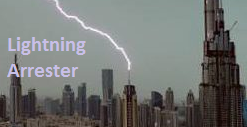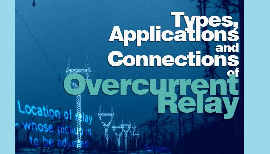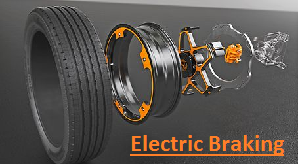Category: Utilization of power
power system utilization and system protection
A generating station which converts the heat energy of coal combustion into electrical energy is known as a steam power station. Steam produced in the boiler by utilizing the heat of coal combustion. The...
The process of connecting some electrical part of the power system (e.g. neutral point of a star connected system, one conductor of the secondary of a transformer etc.) to earth either directly or through...
Soil resistivity is a measure of how much the soil resists or conducts electric current. Thus before designing and installing a new grounding system in an electrical substation, the location should be tested to...
Thyrite is material obtained by mixing a special type of clay with carborundum (silicon carbide). Thyrite act as a nonlinear resistance. Resistance of Thyrite depends on voltage. It has high resistance at low voltage...
Lightning arrestor is connected between the line and earth. It is a protective device which conducts the high voltage surges (due to both direct and indirect stroke) on the power system to the ground...
Balanced Earth-fault Protection of Alternator This scheme provides protection against earth-faults only (in small-size alternators where Differential protection is not possible to apply). It provides no protection against phase-to-phase faults, unless and until they...
Regenerative braking takes place whenever the speed of the motor exceeds the synchronous speed. This baking method is called regenerative baking because here the motor works as generator and supply itself is given power...
Plugging : It is a simple method of electric braking, In this method reversing the connections of the armature terminals of a motor, so as to reverse its direction of rotation which will oppose...






Recent Comments